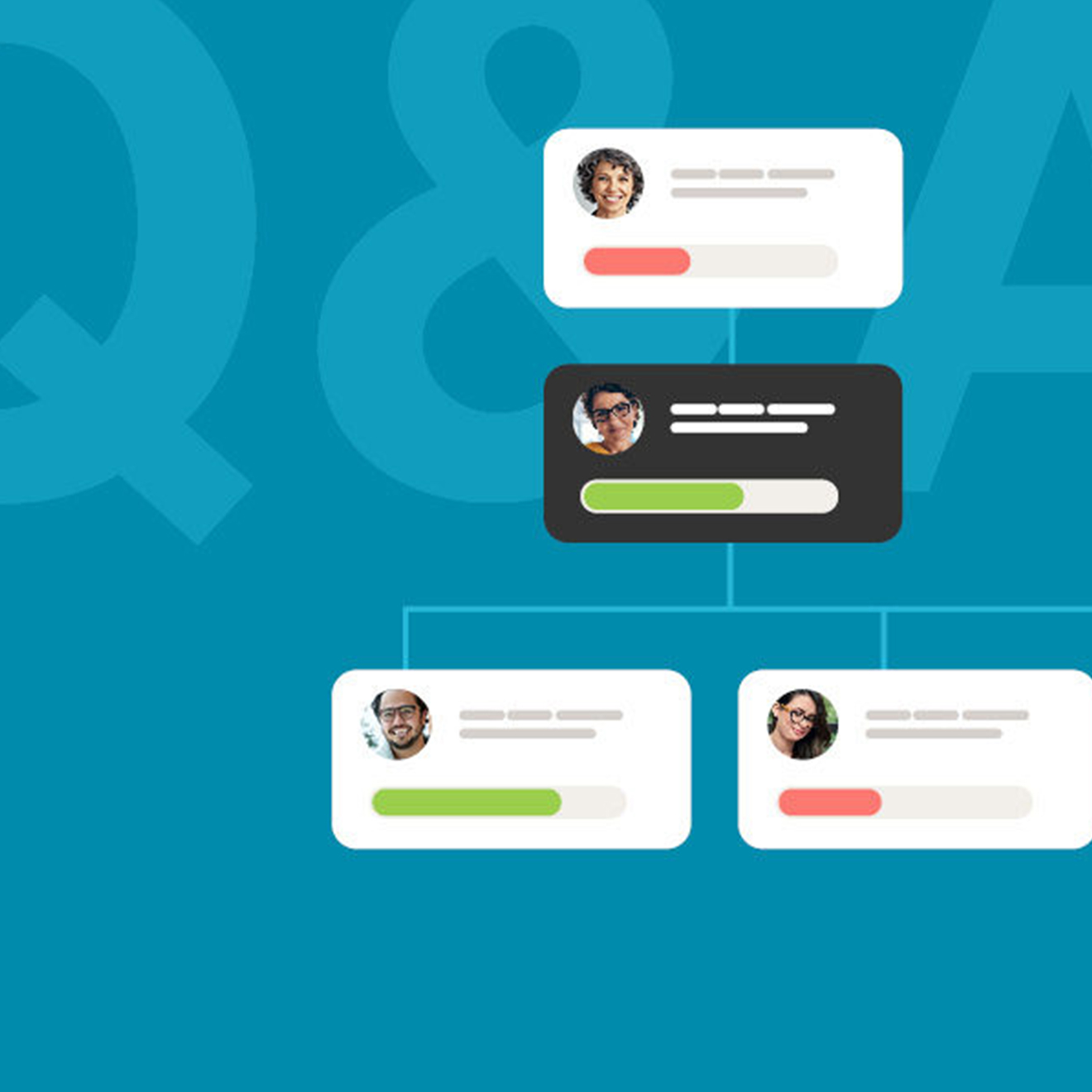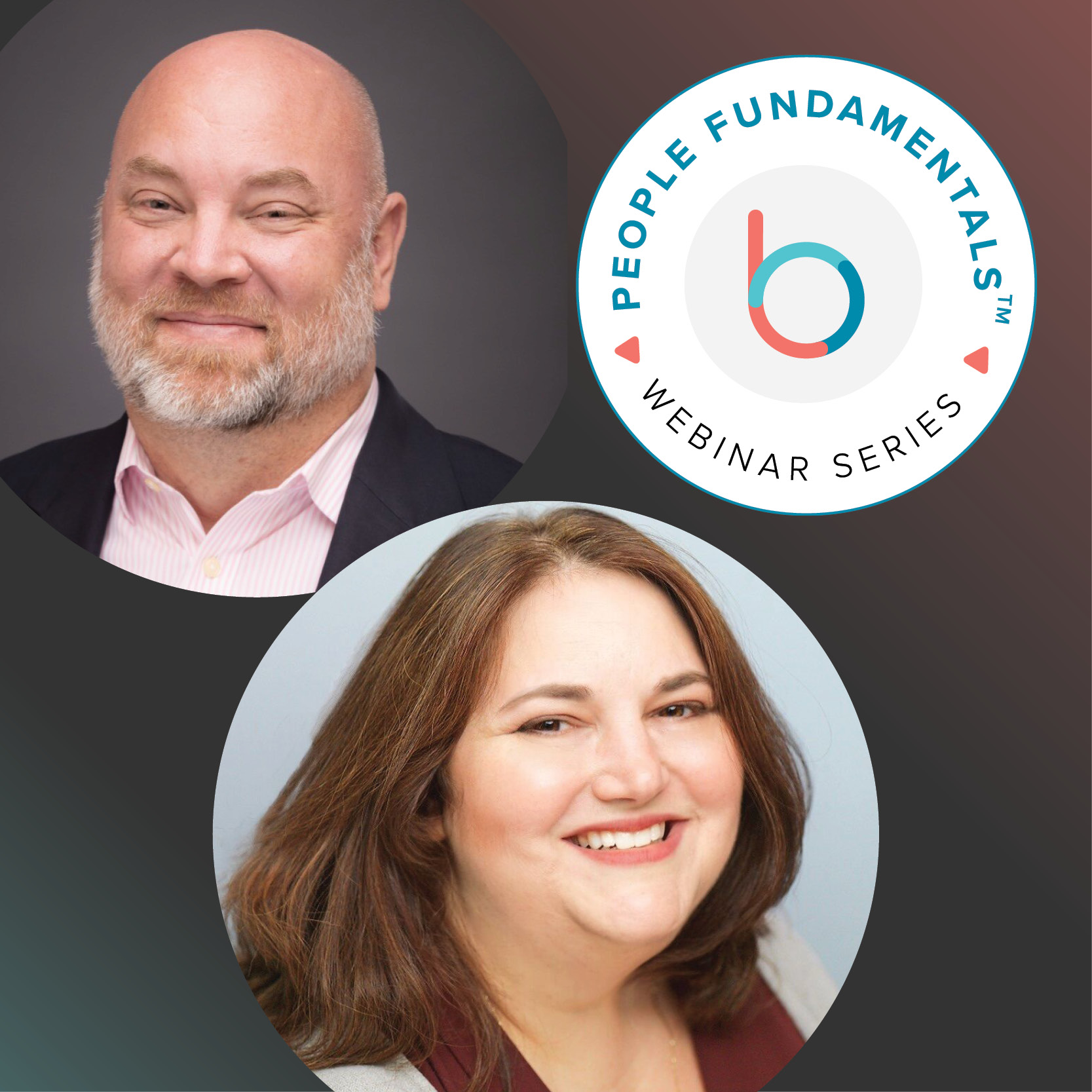Hey folks, Reid here. Our job at the OKR Lab is to cook up great new ideas, and I think we’ve found one: answering your questions in our new OKR Lab Mailbag series. You have OKR questions. We’ll give you the best answers we can.
Just to get us started, questions for this first OKR Lab Mailbag come from previous webinars. Please email your fresh questions to coaching@betterworks.com and we’ll do our best to provide answers in future posts. Please don’t be shy. We’re here to make you experts in implementing and mastering OKRs.
Let’s get to our first OKR Lab Mailbag “check-in.”
Q:As we start our OKR journey, should we attempt to define OKRs for the entire organization or limit ourselves to certain layers of the organization to “test and learn”?
A: I understand your caution, but experience shows that OKR programs that succeed are the ones that start with total executive sponsorship and a strong team dedicated to education, communication, and promoting compliance to the new program across your entire organization. When you “test and learn” you’re usually not mentally committing in the same way, and I doubt executives will commit the same passion to the program.
Q: Without “over-cascading” is there any risk to lose the alignment between the company’s priorities and the employees’ activities?
A: There’s a risk if you’re going from a state of perfect alignment to this more agile approach. But, if you already have perfect alignment, why would you abandon that system? The assumption here is that “perfect alignment” in a hierarchical, top-down system will become too complex and difficult to repeat over time, and therefore will represent work that is in fact outdated by the time the alignment is set.
Alignment in your OKR program is key, but it only works when it’s healthily balanced between cascading and employee-up OKR setting and creativity (laddering).
Consider this: OKRs help people align to their organization, but just as importantly, they are a tool for inspiring people to reach above and beyond. According to research, people are motivated by mastery of a subject, connection to purpose, and autonomy. If you engineer your entire OKR tree from the CEO level all the way down to every employee in your organization, you’ll kill that feeling of autonomy that’s crucial to motivation.
OKRs should not be tools of control, but tools of empowerment.
Q: Have you experienced teams breaking down to a level of “driven by” under the KR to show some of the milestones and progress towards achieving the KR and reporting on both “Driven By” and Key Result progress/completion?
A: Simple answer: when you break things down to task level, guess where your focus is? Tasks…not results. So while I’ve heard of tracking initiatives below key results, it actually rubs me the wrong way. If we look at all the ways OKRs are helping us shift focus from activity to output: 1) Elevating the vital few and not listing every piece of work, 2) writing our key results to describe impact and not input, and 3) allowing completion to fall short of 100 percent without penalty- then it makes no sense to introduce a new “task” layer that takes our eye off results the minute we start monitoring it.
To me, talking about your tactics to achieve your OKRs, usually in your stand-ups or in your individual OKR check-in within betterworks, fits really well with agile practices like scrum. Having to list, account for, and track progress against those tasks pulls us right back down to the weeds.
Q: Is it important to use a system to track OKRs?
A: It’s not only important, it’s the law. And you have to use Betterworks.
Look, my bias aside, I believe a system that provides your program team and management with data that helps you understand the health of your program is the only way to realize long term success. Measurement is what matters here: If we email everyone a marketing message, but have no way to tell if the email was opened, and no way to see if a read email then triggered any sort of action, we have no way of knowing if it was a “good” or “bad” email. Similarly, without a good system that can measure program engagement, can we really know if OKRs are working as intended?
Q: How do you deal with the discomfort of some leaders in sharing their OKRs publicly?
A: I would ask those leaders how they are demonstrating leadership currently. What is their practice of being a visible leader promoting a vision and attitude as a model for their teams? If they don’t do that now, I’d challenge them to consider that part of their responsibility at a core leadership level.
Q: Do you recommend identifying a “key partner” colleague for each key result, the person you will most rely on to successfully complete?
A: I love putting a responsible party, by name, on a key result. What a great way to create alignment, visibility, and accountability.



